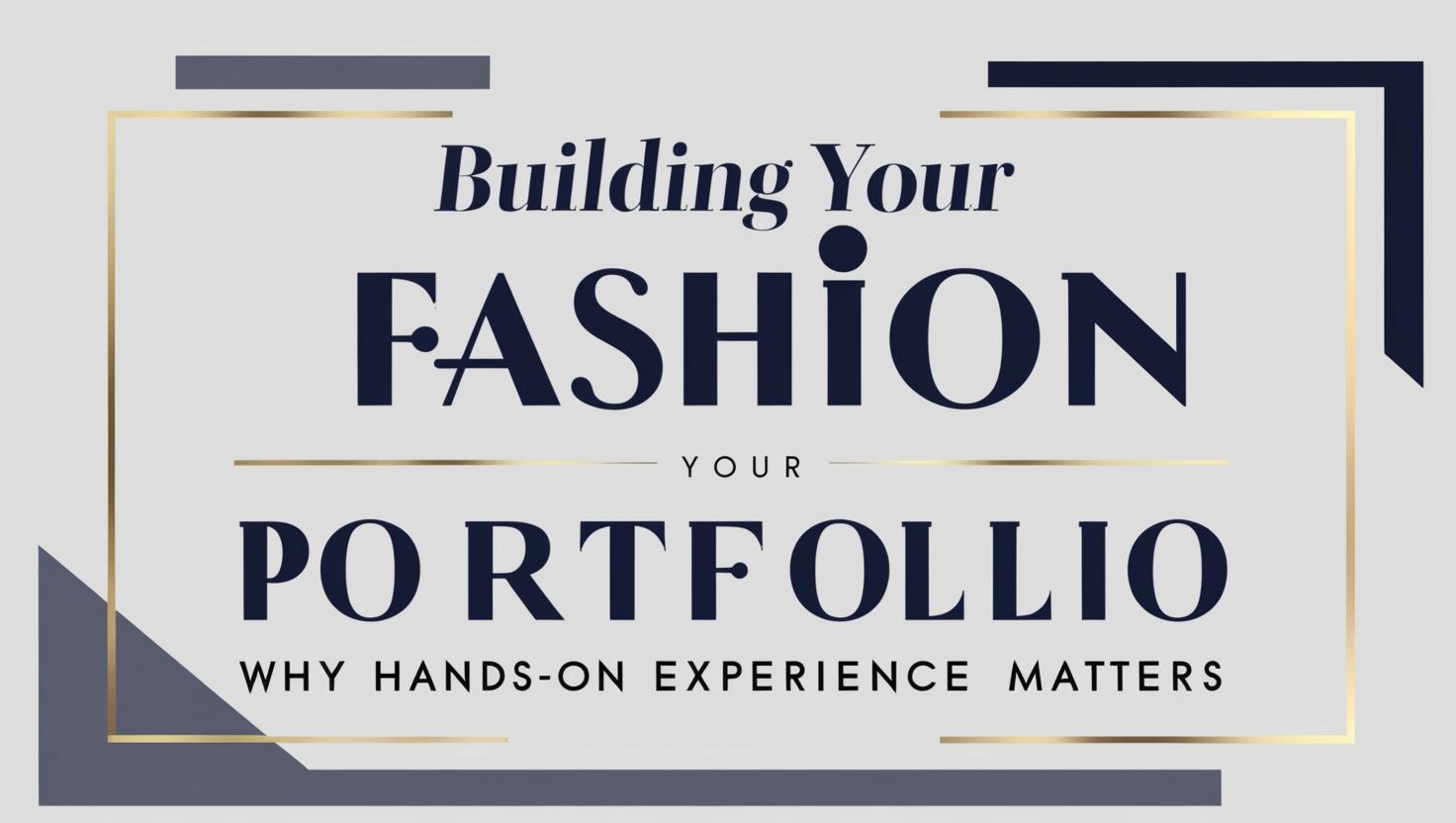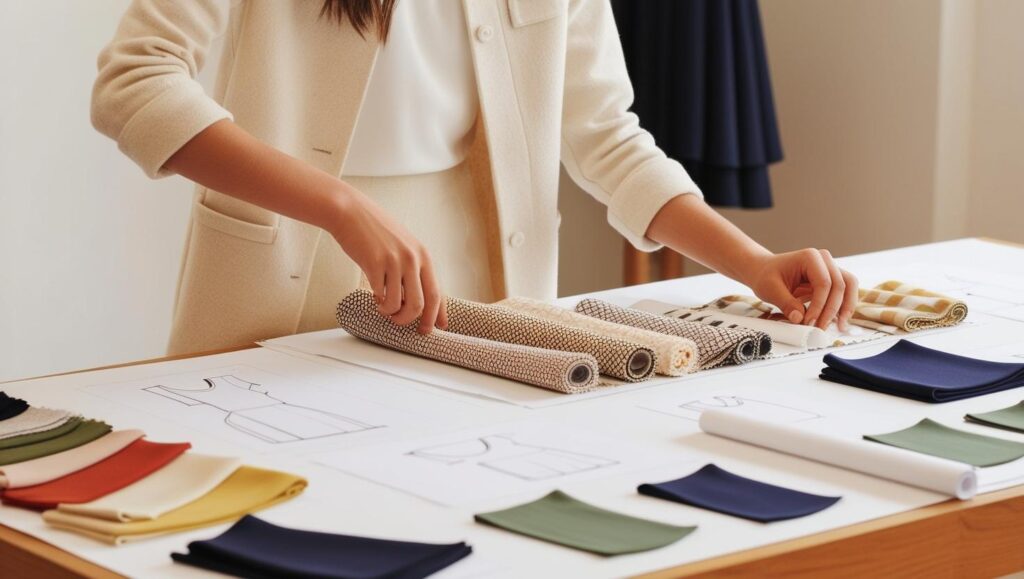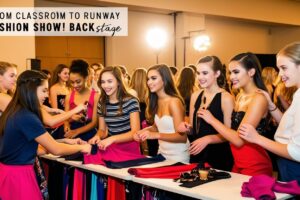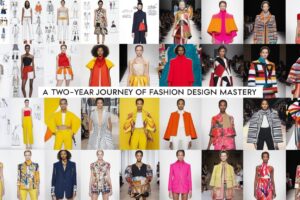
Building Your Fashion Portfolio: Why Hands-On Experience Matters
In the world of fashion design, styling, and merchandising, your portfolio represents that golden ticket. A portfolio is not a collection of best work but rather a visual documentation of skills, creativity, and professional growth. Formal education and theoretical knowledge are surely prized, but in this particular situation, more emphasis on hands-on experience is required for making the portfolio engaging and unique.
Transition between Theory and Practice

This is the industry of innovation and practicality. The more time you spend in class, the more you will conceptualize design principles, textiles, and trends. What sets apart top professionals, though, is applying this knowledge to real-life situations. You can achieve this through internships, part-time jobs, or freelance projects.
Industry standards: You would be working with professionals, who would give you an idea of what the market is asking for and expecting at the moment.
Technical skills: Practice makes perfect. Whether it’s pattern-making, sewing, or using design software, real-world tasks improve your technical proficiency.
Networking: Connections within the industry can open doors to mentorship, collaborations, and career opportunities.
Flexibility demonstration
The portfolio has to depict the flexibility in abilities and wide-range skills. The practicals always give you different facets of fashion such as: team work and management while working with a team in photo shoot, fashion show or product launch and problems with the tight deadlines and poor resources with one has to be innovative while solving the problem.
Cultural Sensitivity: Working with varying clients from diverse background does create a design which most audiences attract to.
Authentic Work Creation
Working on various projects, in real terms, means that your portfolio is not some assignments but does reflect the work through:
Client-Based Feedback: Any criticism and suggestion will make it more realistic and relevant.
Ready-to-the Market Designs: Products that represent an actual need establish that creativity may be well-timed to get commercial value.
Unique Personal Style: You will be able to refine your signature aesthetic working with real-world constraints through practical experiences.
How to Get Hands-On Experience
If you are a beginner, here are some ways to build up your experience:
Apply for internships in fashion houses, design studios, or retail brands and learn from professionals.
Freelance small projects such as custom piece designs or assisting with styling to build up your portfolio.
Volunteer at community events, fashion shows, or charity projects to get exposed.
Attend industry events, workshops, and seminars to meet people who may provide collaborative opportunities.
Update Your Portfolio
As you gain hands-on experience, update your portfolio to reflect your growth. Focus on the following:
Quality Over Quantity: Choose projects that best represent your skills and versatility.
Storytelling: Order your work in a way that tells a story about your journey and aspirations.
Presentation: Spend money on quality visuals and professional layout to create an impact.
Conclusion
Building a fashion portfolio is an ongoing process that requires dedication and adaptability. Hands-on experience not only enriches your skills but also adds depth and authenticity to your body of work. By bridging theory with practice, you’ll create a portfolio that captures the attention of employers and clients, paving the way for a successful career in fashion.



